2012 Hyundai Veloster Review
If the auto industry were a dice game, Hyundai would have wound up dead long ago in a seedy back alley, shot or stabbed by a jealous pimp over having a “hot hand” for too long. Just as everyone else’s luck seemed to run out a few years ago, Hyundai went from punch line to punching well above its weight with a string of products – the Genesis Coupe and Sedan, Elantra, Tucson, Sonata, Equus and Accent have all presented a serious challenge to both domestic and import manufacturers, and industry observers have been asking sotto voce whether Hyundai was due for a fall.
FAST FACTS
| 1. The Veloster is powered exclusively by a 1.6L 4-cylinder with direct-injection making 138-hp. |
| 2. Fuel economy is rated at 28/40-mpg with a 6-speed manual and 29/38-mpg with a 6-speed dual-clutch transmission. |
| 3. Pricing starts at just $17,300 with a $1,250 premium for the DCT automatic. |
| 4. Standard features include 17-inch aluminum wheels, a 7-inch color touch screen, power windows and locks, remote keyless entry, steering wheel mounted audio and cruise controls, plus Bluetooth. |
The Veloster is Hyundai’s most important product for the 2012 model year – on the surface, it looks like another inexpensive, sporty offering aimed at Gen Y, a crucial market for automakers who must try and sell cars to a cynical demographic that has come to see driving as an anti-social and wasteful act. While Hyundai was busy touting the car’s 40-mpg highway rating and light weight (only 2,584 lbs with the 6-speed manual) in the run up to the car’s launch, they were also making excuses. Claims abound that the Veloster was fun in the classic “driving a slow car fast” kind of way, and one Hyundai engineer told AutoGuide that the 40 mpg rating would be a bigger selling point than the car’s meager 138 horsepower rating (and he may not be wrong). The Veloster is supposed to be a mix of utility, performance, efficiency and technology, but compromise rarely leads to great automobiles.
CERTAINLY NOT SHORT ON STYLE
At first glance, the Veloster looks cool, with a broad, aggressive front end and a rakish roofline. A 360 degree walk around the vehicle reveals two design oddities that ruin an otherwise attractive shape – the rear end is pear-shaped, with a pinched-in upper-deck and strangely scalloped taillights that look the head of an insect that’s about to sting you.
On the passenger side sits an asymmetrical third-door, another oddity that we can’t understand the rationale behind. Hyundai told journalists that for right-hand drive markets, the door will shift to the other side (so that passengers won’t have to get out of the car and into traffic), so why not just make the car a 5-door hatchback? The last car to use the asymmetrical third-door setup was the Saturn Ion, and self-conscious Gen Y types would sooner admit to liking mainstream pop music than have any associations with the most uncool of car brands.
SOLID INTERIOR BUT TECHNOLOGY NEEDS WORK
The interior of the Veloster is one of the car’s triumphs – Hyundai obviously had to stick to a budget to meet the car’s pricing targets, but they did a good job of eliminating anything cheap or nasty in the cabin. Sure, you won’t find Audi-like soft touch plastics on the dash or door panels, but the materials are of a fairly good quality, have interesting textures and don’t feel like melted down action figures to the touch. A 7-inch LCD screen is the centerpiece here, controlling the audio and navigation systems (on cars equipped with this feature), and the menus are well laid out and easy to use. The one complaint we had was with the iPod integration feature, which was frankly abysmal, disconnecting the iPod multiple times throughout our drive and failing to sync the entirety of the music library. This is a common occurrence across multiple automakers, but for the Veloster’s target demographic, being able to play your music seamlessly is far more important than the 0-60 time, and Hyundai needs to nail this, as trivial as it may seem.
Upfront, the Veloster has plenty of room for taller drivers, but the sloping roofline that makes the car so attractive renders the back seat useless for anybody over 6 feet tall. Short trips will become rolling torture sessions due to the lack of headroom, and carrying multiple passengers requires scooching one’s posterior across the rear bench seat – for the 50 percent of the population that wears skirts and dresses (and short ones at that) this is a recipe for disaster.
THE NEW CR-X?
Enthusiasts handed the Veloster a prima facie declaration of the second coming of the legendary Honda CR-X sports coupe, but anyone who likes to drive spiritedly needs to manage their expectations for the Veloster. In fairness to Hyundai, they have shied away from branding the Veloster a sports car (when asked about a forthcoming turbocharged version that’s been long rumored, CEO John Krafcik repeatedly suggested that it exists, in the form of the Genesis Coupe).
The Veloster is by no means bad to drive, but – to paraphrase a famous quip – the AutoGuide staff is familiar with the CR-X, and the Veloster is no CR-X. The Veloster isn’t even a MINI Clubman, on the fun to drive scale, but the MINI lineup is an anomaly in terms of the purity of the driving experience. Plus, it comes at a steep price.
There’s nothing really wrong with the Veloster per se. The steering is weighty but lacks a little sharpness, the chassis strikes a good balance between ride and handling, though it does roll a bit more in turns than we’d like, and the brakes work well, though the pedal may be a bit soft for sports car enthusiasts. It’s more engaging than a Honda CR-Z and it’s leagues better than the ponderous Scion tC, but it may not live up to the hype generated by the enthusiast community – however unreasonable it may have been. For the majority of buyers for this car, it will be more than adequate, but those who fancy themselves as the next Schumacher may walk away feeling a bit cold.
The real weak spot for the Veloster is the engine. Despite a claimed 138 horsepower, the car feels down on grunt with the 6-speed manual gearbox (which was smooth, engaging and easy to operate in traffic), and absolutely abysmal with the 6-speed Dual Clutch Transmission. Even with quick shifts and a fairly seamless operation the DCT is poorly matched with this engine. Highway passing maneuvers are a farce, with the revs steadily climbing while the speedometer fails to move much. It makes an early model Miata seem speedy by comparison.
THE VERDICT
Reviewing a car like the Veloster objectively is difficult because context is so important. Hyundai is hoping to capture a demographic that is increasingly falling out of love with cars, cares deeply about their image and the material goods that make up their identity and also facing economic prospects that are nothing short of dismal. If they are going to buy a car at all, it should be frugal, visually striking and practical enough to meet all of their needs. The Veloster ticks all the boxes based on the above criteria, but success on paper and success in the marketplace bear no relation in the car industry.
Related Reading
2011 Honda CR-Z Review [Video]
2009 MINI Cooper Clubman Review
2011 Scion tC Review: First Drive
2010 Mazda Mazda3 5-Door s Grand Touring Review
2010 Kia Forte Koup SX Review
LOVE IT
- Distinctive looks
- Well built interior
- Superb value
LEAVE IT
- Gutless engine
- Chassis could be sharper
- Dual clutch gearbox needs work
More by Derek Kreindler















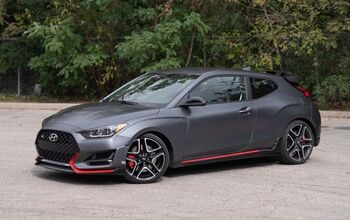

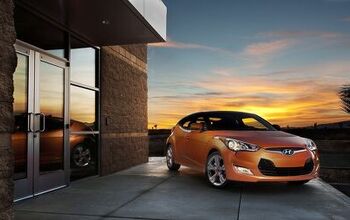
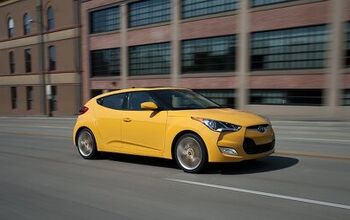



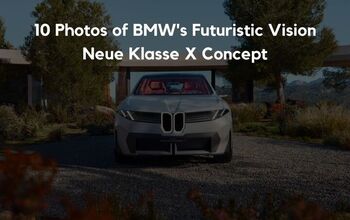
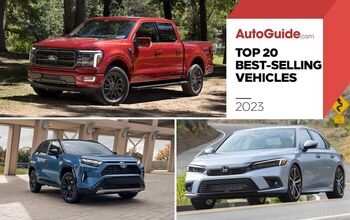
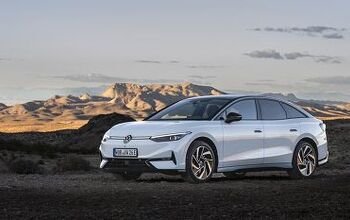
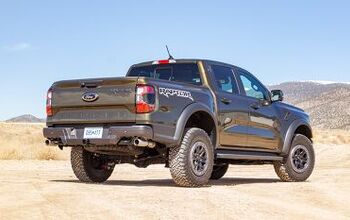
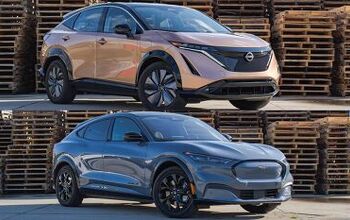
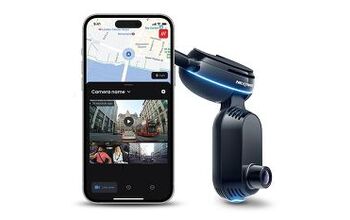
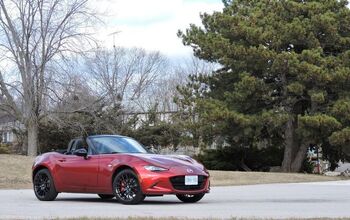
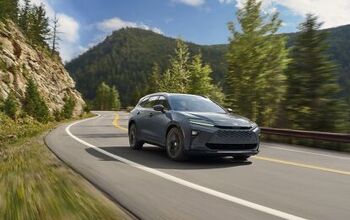

Comments
Join the conversation
I've had mine for over a year now and still love it. Might upgrade to the turbo when its' time to get another new car but I love the panoramic sunroof and the great mileage.
Had mine four months and love it great to look at fun to drive. Only one single downside and that's everyone staring and coming upto you saying wow is that yours, what make is that